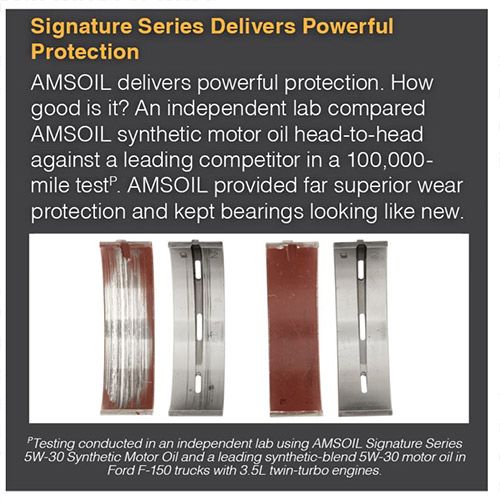Preventing Causes of Engine Oil SLUDGE Brands matter, quality matters and frequent oil changes will not alter this. It’s all based on the additive quality and it does effect the price. Engine sludge occurs when oxidized oil and contaminants build up on engine surfaces. It can restrict the flow of oil to the point of […]
You are browsing archives for
Tag: VVT
All You Need To Know About Motor Oil Col...
Winter (Cold) flow wear factors in your engine Engineers agree that most engine wear occurs during cold starts. While the exact percentage depends on several factors and is difficult to define, the reasons include the following… A richer air/fuel mixture at startup washes oil from the cylinder walls Condensation forms inside the engine that causes […]
How Engine Sludge Forms. And How To Prev...
Engine Sludge Is Easily Avoidable John Baker & Associates |Jul 24, 2019 4:20 PM Engine sludge. It’s a back gelatinous substance that wreaks havoc in engines. And long before the engine’s demise, engine sludge can foul engine sensors and interfere with performance. Some mechanics call it the “black death.” How does motor oil, which is […]
Where Oil Goes and What it Does
The Responsibilities of Your Motor Oil A typical engine contains hundreds of parts, none of which could function properly without oil. Far from a simple commodity, oil is a dynamic enabler of performance. It must lubricate, cool, protect, seal, actuate components and more. And it must do it all while exposed to tremendous heat and […]



